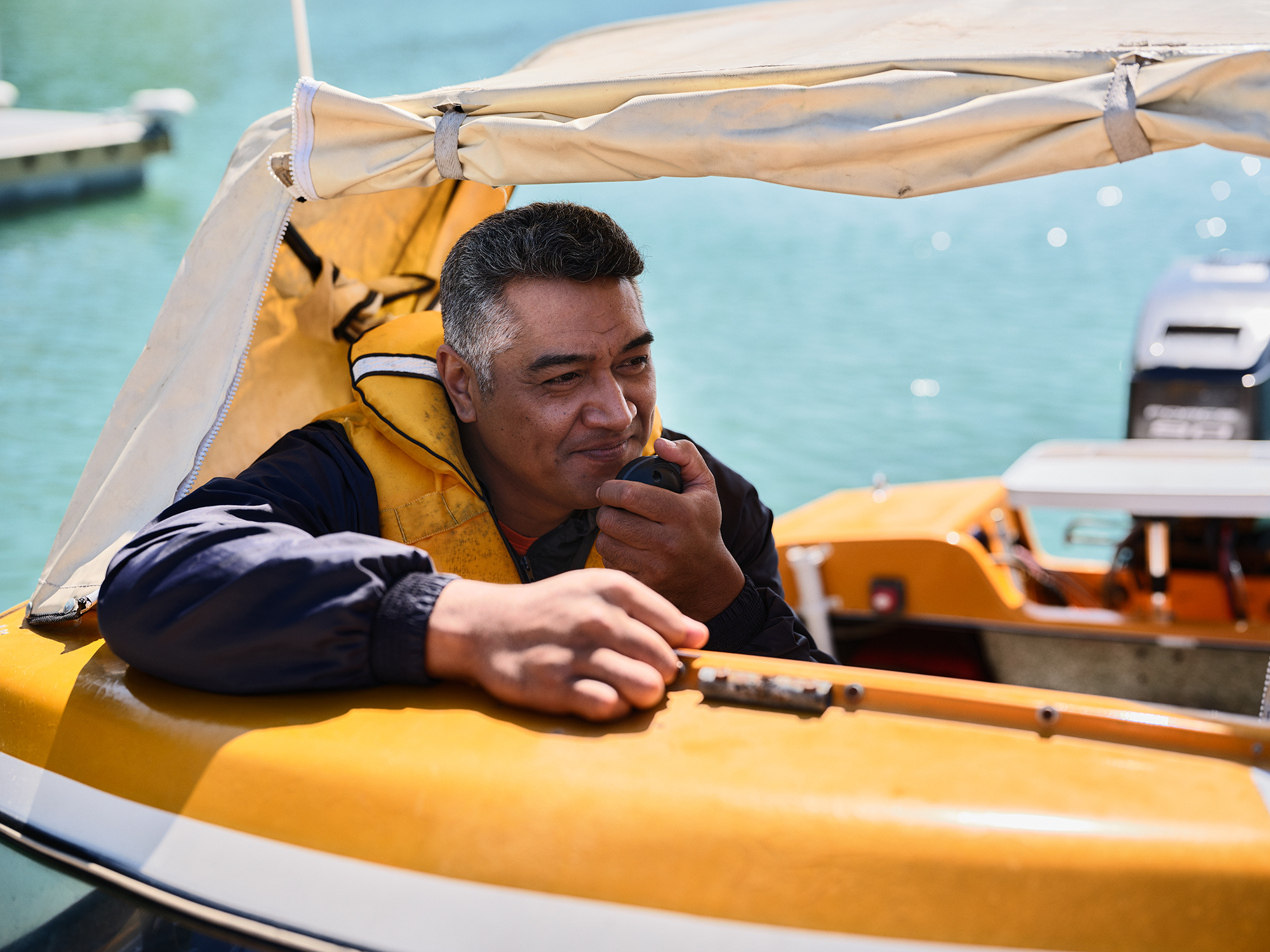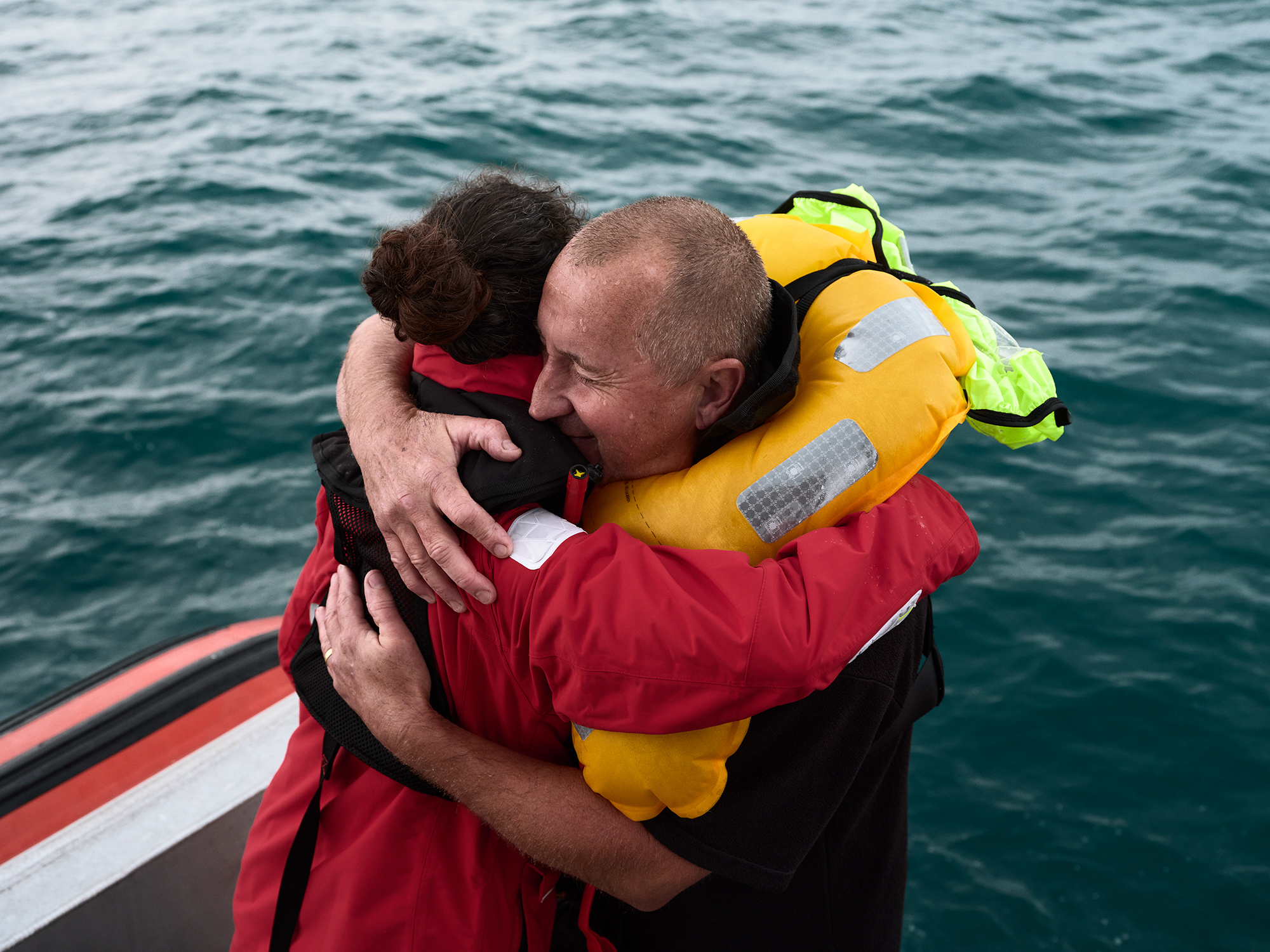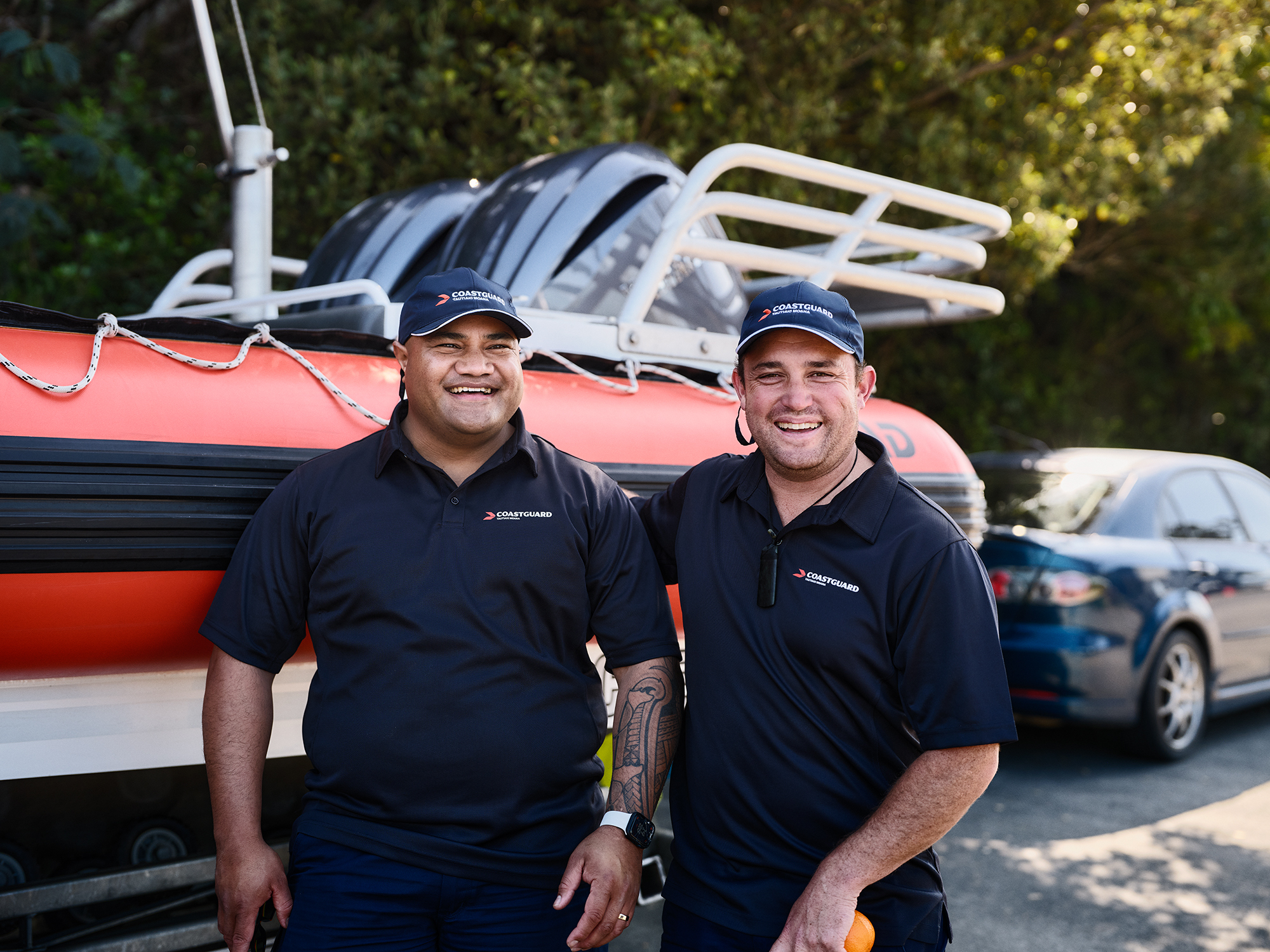Before you head out
If you are planning a boating trip, there are a number of safety measures you should take. First, inform a trusted person on shore about where you’re going, when you expect to return, and what they should do if you don’t come back as planned. Alongside Water Safety New Zealand, we have developed a handy 2-minute form you can download. It’s a quick way to record essential details about your trip, your boat, and everyone on board, and it could be invaluable in an emergency.
Second, get in touch with us and let us know about your planned adventure via a trip report.



